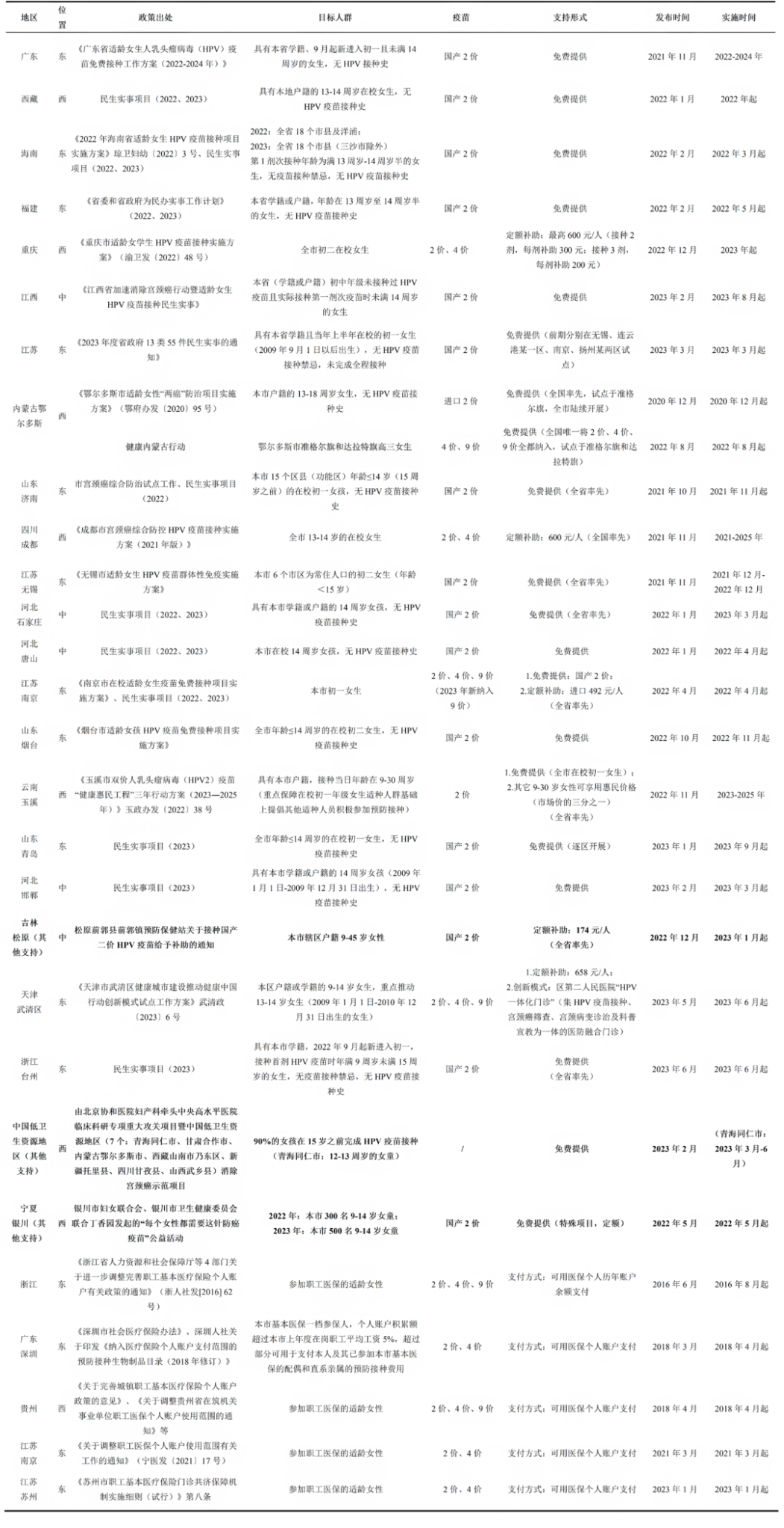Two Sessions Proposal
Lei Jie, Deputy to National People’s Congress (NPC) : Promote Adult Vaccination and Innovate Payment Models
Lei Jie, a deputy to the NPC and Chief Expert at the Shandong Center for Disease Control and Prevention, proposed adjusting medical insurance policies to include vaccination within the reimbursement system. He suggested that the healthcare costs saved through vaccination be used to subsidize vaccine expenses for middle-aged and elderly populations via policy transfer mechanisms. This approach could reduce individuals’ financial burden and increase vaccination uptake. Pilot programs in some regions have already introduced government subsidies to optimize vaccine payment mechanisms and enhance public access. In addition, Lei encouraged the development of prophylactic vaccines targeting chronic diseases, aiming to further expand the role of vaccines in disease prevention and control.
(Source: Southern Weekly)
Liu Xiaoqing, Deputy to NPC: Expedite the Introduction of National Compensation Standards and Procedures for Adverse Events Following Immunization (AEFI)
Liu Xiaoqing, a deputy to the NPC and Director of the Jiangxi Center for Disease Control and Prevention, called for the prompt establishment of a unified national standard and procedure for compensating AEFI. He proposed clearly defining the scope of compensation, required application documents, and the review and payment process, in order to improve the fairness and efficiency of the compensation system and better safeguard vaccine recipients’ rights. Liu further recommended establishing a multi-tiered compensation mechanism combining government funding with supplemental insurance coverage. He emphasized the importance of increasing public awareness and trust in the compensation system through enhanced policy communication, thereby alleviating concerns about vaccination and improving overall vaccine coverage to strengthen the national immunization shield.
(Source: CCTV, Jiangxi CDC)
Policy Updates
Beijing Launches Free HPV Vaccination Program for Eligible girls
Beijing recently released the 2025 Implementation Plan for Free Human Papillomavirus (HPV) Vaccination for Age-Eligible Schoolgirls, announcing that starting from September 2025, eligible Grade 7 female students will receive the domestic bivalent HPV vaccine free of charge. The program follows the principles of informed consent, voluntariness, and no-cost access, and applies to girls who: are of Chinese nationality, at least 9 years old, have no contraindications to vaccination, and have not previously received any HPV vaccine.
According to the World Health Organization’s (WHO) recommended immunization schedule, girls aged 9–14 will receive two doses of the vaccine, with a 6-month interval between the first and second doses to complete the full immunization course. Vaccinations will be organized by district authorities and administered at designated vaccination clinics located near schools. A preliminary survey to assess the willingness of Grade 6 girls to receive the vaccine is scheduled for March 2025. The vaccination campaign for Grade 7 girls will begin in September 2025, with the first dose to be completed by the end of October and the second dose by the end of May 2026.
(Source: Beijing Daily, China Women’s News)
Journal Content Recommendation
01
Real-world effectiveness of influenza vaccination in preventing influenza and influenza-like illness in children
This study published in Vaccine, aimed to evaluate the real-world effectiveness of quadrivalent live attenuated influenza vaccine (LAIV-4) and inactivated influenza vaccine (IIV) among children in Italy during the 2022–2023 (September 1, 2022 to April 30, 2023) and 2023–2024 (September 1, 2023 to April 30, 2024) influenza seasons.
Influenza poses a significant threat to children’s health and is a key driver of community transmission. Although influenza vaccination can effectively reduce infection risk, coverage among Italian children has historically been low, with vaccination rates between 7% and 15% from 2009 to 2018. In recent years, LAIV-4 has been increasingly adopted as a needle-free alternative to IIV, yet its comparative effectiveness remains underexplored—this study seeks to fill that evidence gap.
Using a retrospective population-based cohort design, the researchers analyzed data from the Pedianet pediatric primary care database to assess influenza vaccine coverage and protection against laboratory-confirmed influenza and influenza-like illness (ILI) in children aged 2–14 years. Monthly vaccination incidence rates per 1,000 person-months were calculated, and vaccine effectiveness (VE) was estimated using adjusted mixed-effects Cox models.
A total of 65,545 children (472,173 person-months) and 72,377 children (527,348 person-months) were included for the 2022–2023 and 2023–2024 seasons, respectively. Monthly influenza vaccination rates were 12.71 and 12.85 per 1,000 children. Compared to unvaccinated children, the overall effectiveness of LAIV-4 was 43% (95% CI: 32%–53%), and IIV was 54% (95% CI: 46%–61%). In 2022–2023, LAIV-4 and IIV showed comparable effectiveness at 38% (95% CI: 12%–56%) and 49% (95% CI: 37%–58%), respectively. In 2023–2024, LAIV-4 showed slightly but significantly lower effectiveness than IIV—40% (95% CI: 25%–52%) vs. 58% (95% CI: 44%–68%) (P = 0.048).
Despite both vaccines showing moderate protection against influenza and ILI, IIV demonstrated slightly superior performance during the latter season. The increasing uptake of LAIV-4 across seasons indicates growing acceptance of needle-free options. Future studies should further investigate the long-term effectiveness of LAIV-4 across different age groups and influenza seasons and assess its impact on severe influenza outcomes such as hospitalization, to inform optimization of pediatric influenza vaccination strategies and improve coverage.
https://doi.org/10.1016/j.vaccine.2025.126946
02
Evaluating the Immunogenicity, Efficacy, and Effectiveness of Recombinant Zoster Vaccine for Global Public Health Policy
This study, published in Vaccines, systematically evaluated the immunogenicity, clinical efficacy, and real-world effectiveness of the recombinant zoster vaccine (RZV), focusing on its role in the prevention of herpes zoster (HZ) and associated complications. Using stratified population analyses, the study elucidated differences in immune responses and the durability of protection, providing evidence to inform global public health policy.
A rapid review methodology was employed, identifying 405 relevant publications from PubMed between August 2012 and September 2023. Thirty-three studies met inclusion criteria, including randomized controlled trials and observational cohort studies from the United States, North America, Europe, and multi-country regions in Latin America and the Asia–Pacific. Included studies assessed vaccine efficacy and effectiveness against HZ and HZ-associated complications, with additional inclusion of immunogenicity studies reporting long-term follow-up data or co-administration outcomes. Bias was assessed using the Cochrane RoB2 and ROBINS-I tools.
The results demonstrated that RZV provides highly efficacious and long-lasting protection in immunocompetent adults. In adults aged ≥50 years, vaccine efficacy (VE) was 97.2% (95% CI: 93.7–99.0); in adults aged ≥70 years, VE was 89.8% (95% CI: 84.2–93.7). Real-world vaccine effectiveness ranged between 71% and 86%. RZV significantly reduced the risk of post-herpetic neuralgia (91.2%, 95% CI: 75.9–97.7) and herpes zoster ophthalmicus (93.7%, 95% CI: 59.5–99.9).
In immunocompromised populations, the VE of RZV was reduced but still significantly reduced the risk of herpes zoster and its associated complications. For example, VE was 68.2% (95% CI: 55.6-77.5) in patients with hematopoietic stem cell transplantation (HSCT) and 87.2% (95% CI: 44.3-98.6) in patients with hematologic malignancies. Long-term follow-up data showed that RZV maintained a high immune response 6-10 years after vaccination, with VE gradually decreasing from 88.5% (year 6) to 73.2% (year 10), humoral immune response remaining more than 5-fold of the pre-vaccination level for 10 years after vaccination, and cellular immune response remaining stable and more than 6-fold of the pre-vaccination level for the entire 10-year period. In addition, age, gender, and co-vaccination (e.g., PCV13, influenza vaccine, COVID-19 mRNA vaccine) did not significantly impact RZV immunogenicity.
Studies have shown that RZV exhibits efficient and long-lasting protection in reducing the risk of herpes zoster and its associated complications, especially in the elderly and immunocompromised populations. However, its global dissemination needs to be combined with regional epidemiologic characteristics and economic evaluations (e.g., cost-effectiveness analyses). The current study focuses on North America, Europe, and Asia-Pacific, and the lack of data on the burden of disease in Africa and South America limits the generalizability of the policy. The study suggests that, in the future, we should strengthen the monitoring of the disease burden of HZ in low- and middle-income countries and improve the global epidemiological database; further optimize the vaccination strategy for immunosuppressed populations, strengthen the monitoring of adverse reactions, and promote the equitable accessibility of RZV globally in order to increase the level of immunoprotection for the elderly population and high-risk groups.
https://doi.org/10.3390/vaccines13030250
03
Co-creation of pediatric influenza digital stories via rapid community translation
This study, published in Vaccine, aimed to explore the development of culturally tailored digital storytelling (DST) tools through a community-engaged approach to promote influenza vaccination and health equity among minoritized pediatric populations. The researchers employed Rapid Community Translation (Rapid-CT) integrated with DST design methodology at two safety-net clinics in Denver, Colorado, which predominantly serve Black and Latino communities.
A total of 17 stakeholders—including clinical staff, caregivers, and community leaders—participated in a two-phase process. During the priority-setting phase, five Rapid-CT meetings were held to define core communication themes regarding influenza vaccination. The identified priorities were: (1) raising awareness about the severity of influenza and its complications; (2) ensuring cultural inclusivity of messaging; and (3) optimizing integration of digital stories with text message outreach. In the co-creation phase, DST experts from StoryCenter guided participants in producing seven pediatric influenza digital stories, of which five were selected for future dissemination. Story topics included the impact of influenza on family well-being, clinicians’ personal experiences, and decision-making challenges faced by caregivers. Each story was paired with a co-developed text message for implementation through clinic scheduling systems and community networks.
Findings showed that Rapid-CT is a feasible and efficient method for fostering cross-sector collaboration and rapidly developing culturally adapted health communication tools, with an approximately 80% retention rate among participants. Future research will assess the effectiveness of these digital stories in increasing influenza vaccination uptake and explore integration with appointment reminders and incentive systems.
https://doi.org/10.1016/j.vaccine.2025.126866
04
HPV Vaccine Communication and Administration for the Prevention of Oropharyngeal Cancer in Dental Primary Care: Perspectives of Professionals and Students—A Systematic Review
This article, published in Vaccines, presents a systematic review of the knowledge, attitudes, and practices of dental professionals and students regarding HPV, HPV-associated oropharyngeal cancer (HPV-OPC), and HPV vaccination, aiming to explore the role of dental primary care in increasing HPV vaccine uptake and preventing oral cancer. Despite the approval of the HPV vaccine for the prevention of HPV-OPC, overall vaccination rates remain low, and the potential of dental clinics as a site for vaccine promotion remains underutilized. The review identified 42 studies at low risk of bias from databases including PubMed, Embase, and Scopus between 2006 and 2024.
The analysis revealed that although general knowledge of HPV was relatively high among dental professionals and students, substantial gaps remained in their understanding of HPV-OPC and HPV vaccination. Only 9% of dental professionals had ever initiated discussions on HPV vaccination with patients, whereas dental students showed higher willingness to do so in the future (40–80%). Barriers frequently cited by dental professionals included discomfort in initiating vaccine discussions, lack of confidence, and concerns over legal liability. While there were differences in attitudes toward vaccine administration between practicing professionals and students, both groups showed strong interest in training to improve their competence and preparedness.
The findings underscore the necessity of enhancing HPV-related knowledge and communication skills in dental primary care settings. The study offers valuable insights for researchers and policymakers to develop targeted interventions that support the integration of dental professionals into HPV vaccination efforts. It also advocates for including dental clinics in vaccine delivery systems to improve accessibility and coverage.
https://doi.org/10.3390/vaccines13030242
Content Editor: Ziqi Liu
Page Editor: Ziqi Liu





